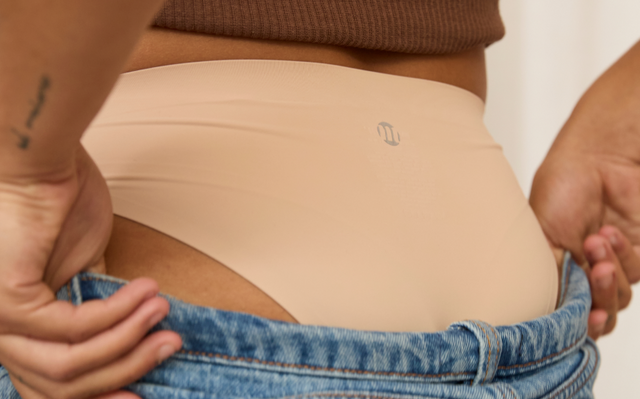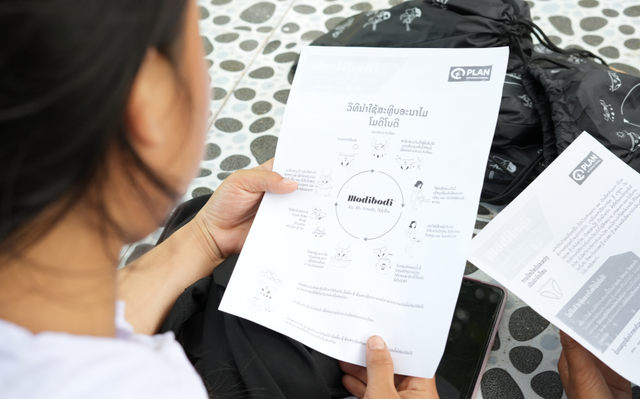Half of the world’s population menstruates – but for most of us, the lack of general knowledge about the magic that makes it happen is astounding. Menstruation has been taboo in certain societies since ancient times, but modern-day periods are finally starting to be recognised for their intricacies and life-giving love. Phew!
Despite being a growing part of our mainstream conversation, most of us believe that period 'blood' is only full of... blood. Well, we’re here to bust the myth and provide you with all of the nitty gritty details. By getting to know the inner workings of your menstrual cycle, you’ll feel more empowered than ever to fight period stigma and feel free while you bleed. Let’s get into it!
To dive deep into what’s actually in our periods, we think it’s important to circle back and get up to speed with how menstruation works.
Your uterus was designed to be a cosy, nourishing bed for fertilised eggs, and further down the track (if you choose to!), babies. Made of cells fed by oodles of blood vessels, the lining of your uterus is called the endometrium.
Estrogen starts the endometrium party for you during the first two weeks of your cycle, before your body ovulates and passes an egg. This little egg has the big job of making progesterone (also known as the pregnancy hormone), just in case it gets fertilised by sperm.
Now your body plays the waiting game. Two weeks later, if the egg hasn’t been fertilised, your hormone levels drop dramatically. This signals the endometrium or uterus lining to get kicked to the curb – and before you know it, your period is banging on your front door again!
Now you know the actual science of menstruating, it’s time to get into some light chemistry! But here’s a quick side note: like all things to do with menstruating, the science isn’t analysed to a tee. While we do know for a fact the components below are a part of our period blood, more comprehensive studies are needed to seal the deal.
What makes up period 'blood'?
Blood
Who would have thought! The blood from our endometrium is usually considered a ‘watered down version’ of normal blood. Did you know the colour of your period blood has vastly different meanings? For example, deeper reds and browns can indicate the blood took a little longer to leave your uterus, and brighter reds mean the blood is a little fresher. The colour is usually no big deal, but if you’re worried, always contact a health professional.
Clumps of uterine lining
If you’re seeing clumps and clots in your period, it’s usually nothing to stress over! The uterine tissue is forcefully evacuated when your body realises there is no baby on the way, so finding clumps of it is not only perfectly normal, it’s also considered healthy.
All sorts of secretions
Move over uterus, it’s time for the vagina and cervix to have their say! Secretions from both body parts intuitively find their way out of the body during your menses – how magic is the human body?! Most of the time, these secretions are made up of water and electrolytes like sodium and potassium.
Bacteria
Naturally-occuring bacteria develops around your period thanks to the warm, moist and cosy environment your body bakes up.
So now you know the chemical components behind your flow!








